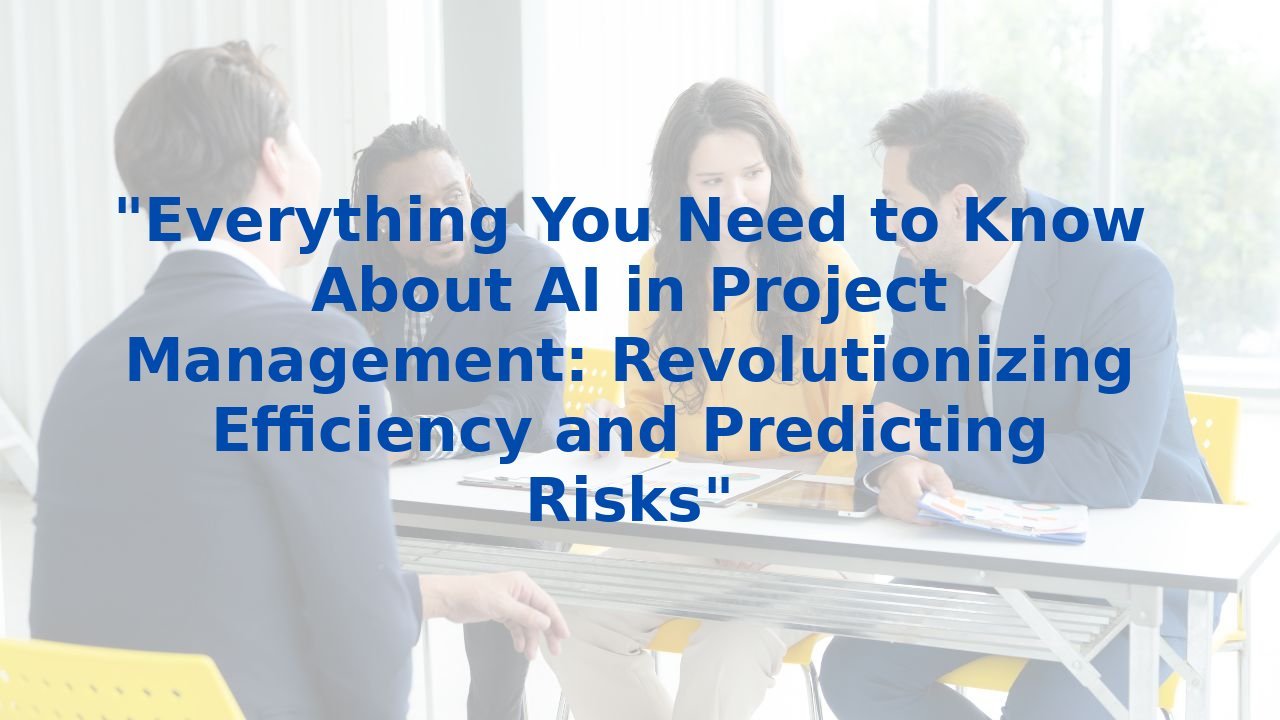Future-Proof Your Business: AI Change Management Lessons from Back to the Future 2
Change Management Lessons from Back to the Future for AI Integration
In today’s fast-paced world, deploying AI solutions quickly often overshadows the critical aspect of managing transitions with employees. The rush to integrate advanced technology can lead to substantial gaps in change management, an oversight reminiscent of lessons from the film “Back to the Future 2”.
Insights from Back to the Future 2
While “Back to the Future 2” delves into time-space travel and altering future events, its essence lies in the implications of technology misuse. Marty McFly and Doc Brown’s adventures with the DeLorean time machine underscore the profound societal impacts of mishandling advanced technology.
The film presents quirky futuristic innovations, such as dehydrated pizza and a ceiling-drop-down fruit bowl, reflecting the allure and peril of novel technologies. Yet, these symbols also communicate cautionary tales about the misuse of such advancements.
Modern Parallels: Videoconferencing in Remote Work
In the movie, an advanced videoconferencing tool hints at data privacy concerns, resonating with the modern challenges of remote work and technology integration. This scene serves as a reminder of the importance of thoughtfully managing technological transitions.
AI in the Workplace: Future Outlook
The film’s futuristic setting prompts us to reflect on the role AI will play in workplaces 25 years from now. Key questions emerge:
- What will artificial intelligence look like in the workplace a quarter-century from now?
- How will organizational behavior evolve with AI advancements?
- What preventable errors might we encounter during this journey?
Human Behavior in Organizational Change
In my experience, change management is often an afterthought in large-scale organizational shifts, including AI integration. Without robust planning, organizations face significant challenges, such as employee resistance and unanticipated operational disruptions.
Experts emphasize the need for stringent regulation and effective management strategies to safeguard employees and ensure ethical AI practices. These steps are critical to minimize risks associated with AI misuse, including misinformation and privacy infringements.
Practical Examples from Today
Organizations implementing AI must address various elements to support employees effectively. Considerations include:
- Policies : Implement clear policies for teleconferencing and hybrid work schedules to ensure seamless operations.
- Role Design : Redefine employee roles and responsibilities, incorporating AI tools and metrics for performance evaluation.
- Device Management : Provide necessary hardware and installation support for remote work environments.
- Compensation : Adjust compensation plans to reflect changes in work efficiency due to AI integration.
- Compliance : Ensure compliance with privacy and surveillance regulations to protect employee data.
The Importance of Thoughtful Leadership
Effective change management requires thoughtful leadership that prioritizes transparency, trust, and open communication. Leaders must recognize the complexities of managing AI transitions and provide the necessary support to mitigate risks and enhance organizational stability.
“In today’s business environment, the survival and sustenance of any organization depend upon its ability to introduce successful change.” — NICHD
Empathetic leadership is crucial for fostering a supportive environment and addressing employees’ concerns about AI integration. Transparent policies and consistent communication are essential to building trust and ensuring a smooth transition.
Regulation and Long-term Planning
As AI continues to evolve, thoughtful regulation and planning are paramount to ensuring safe and beneficial technology integration. Industry experts advocate for regulated environments, highlighting how industries like aviation have thrived through structured innovation and safety standards.
By prioritizing comprehensive change management strategies and regulatory oversight, organizations can harness the power of AI to drive innovation while safeguarding the well-being of their employees.
Embracing change requires a balanced approach, combining technological advancements with meticulous change management to ensure sustainable growth and stability in the AI era.



